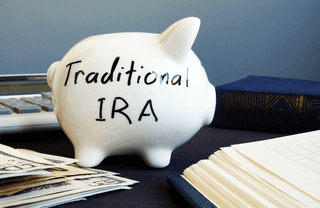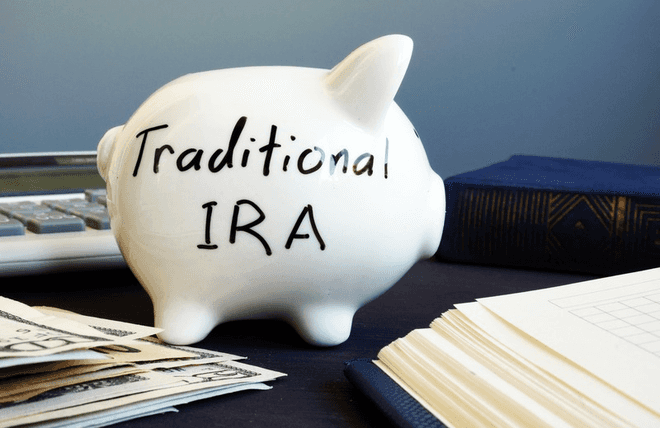While the Traditional IRA might be the oldest type of retirement account in the United States, that doesn’t mean many people know all of the ins and outs of these accounts. What exactly is a Traditional IRA, how does it work, and what does it mean when an investor uses a Self-Directed Traditional IRA?
What is a Self-Directed Traditional IRA?
A Traditional IRA is the oldest and most common type of retirement plan around, at least here in the United States. First introduced with the Employee Retirement Income Security Act of 1974 (ERISA), they really became popular with the Economic Recovery Tax Act of 1981.
The goal of the Traditional IRA was simple: to create a tax-incentivized plan that will help investors put away money for retirement. This account became a shelter under which investors could transact assets like stocks without an impact on taxes. However, it’s worth noting that the basic structure of a Traditional IRA is that you put in before-tax money (in the form of deductible contributions) and let that money grow (via investments) over a long period of time. As that money grows, it is not taxed; you are only taxed on the money you take out as income upon hitting retirement age, assuming certain milestones have been met.
A Self-Directed Traditional IRA is much like a Roth IRA when it comes to contribution limits. However, they’re different in that Roth IRAs will use after-tax money for contributions. This means that investors who want to save money for retirement with after-tax money (thereby paying the taxes upfront) can use a Roth IRA.
What about Self-Directing?
You might have noticed that we’ve also talked about self-directing here, without outlining exactly what that means. That’s because a Traditional IRA can be self-directed, and this means an arrangement that is not something you may be used to. However, the concept behind it is very simple. Self-directing means you make the decisions as to which investments you want to make with your Traditional IRA; working with a custodian like American IRA, you would then direct the custodian to make the appropriate investments on your behalf. The custodian is not an investment adviser; they are simply capable of carrying out your directives.
Remember: retirement accounts have to remain separate from your personal accounts. For example, if you were to receive a dividend from a retirement account before retirement age into a personal account, that would mean you are receiving personal benefits through the account. This is a no-no, because it means that you’re taking money out of the account early. And early withdrawals, while possible, also come with stiff fees and penalties. It’s essentially taking out your own money at a premium, while the goal of the Traditional IRA and other retirements is to ensure that you have the incentive to keep money socked away for retirement, allowing it to grow before you hit retirement age.
A Traditional IRA might sound like a complicated thing, but it’s not. In fact, it’s the oldest type of IRA in the books. And you can still take advantage of these accounts for the betterment of your retirement. Contact TurnKey IRA at 844-8876-IRA (472) for a free consultation. Download our free guide or visit us online at www.turnkeyira.com.











